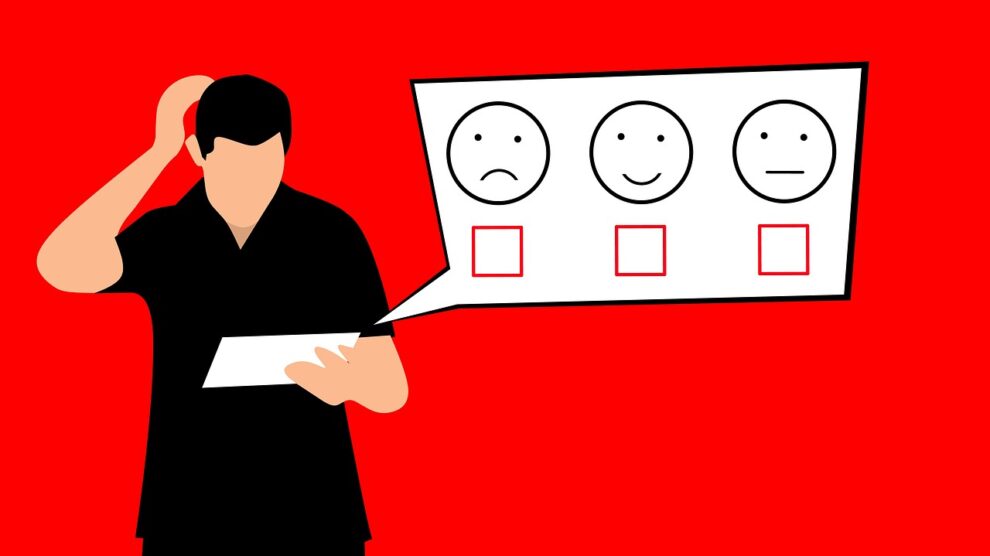Why Old Customers Are Better Than New Ones
As businesses owners, our tendency is to think of business in terms of quantity. After all, we’re programmed to think that more is better: more customers through your door means more sales, and more sales means bigger profit for you.
But in reality, not every single person who goes through your door actually goes out having bought something. On the other hand, you can always rely on loyal customers to always spend their money on you. They’re 50% likelier to try new products and 31% likelier to spend more than new customers.
The moral of the story is simple: at the end of the day, it’s wiser to focus your efforts into retaining customers than acquiring new ones because doing so saves you money and creates profitable brand loyalty.
How Good Customer Experience Improves Customer Retention
Encouraging brand loyalty among your consumers might seem impossible in an age where there are hundreds of companies competing for attention. However disheartening the situation might seem, the truth is that it isn’t hard to do.
In a report, 73% of customers revealed that friendly customer service is one of the reasons why they fall in love and become loyal to a specific brand. Conversely, a bad customer experience is often the primary reason for churning.
In today’s world, customer service is king. There are tons of studies that show how customer experience can easily dissuade people from buying your product or using your service. In a world where 95% of consumers share their bad experiences with other people, it’s important to make sure that good customer service is one of your priorities as a business owner.
There’s no one way to building great customer service, not that it means your odds of doing this are close to nothing. Luckily, there’s a foolproof way that helps you improve the way you run your business, while also ensuring that previous bad habits don’t go unnoticed.
The Magic of Customer Feedback
In a saturated market, customer feedback is everything. It allows businesses to understand what exactly they’re doing wrong, and what measures they should take to make things better.
Customer feedback can be used in a variety of ways including:
Improving A Service: From the point of view of a business owner, our services are already perfect. So when you release a new website or a mobile application, it’s hard to objectively see possible pain points in user experience.
Through customer feedback, you can find out what works and what doesn’t. After a customer places an order or books a service through your website or app, you can have them rate the experience using a feedback widget so you know exactly what to improve on.
Too often, these platforms go to waste because business owners don’t see it from the customer’s point of view. Through feedback, you can gain direct insight into that.
Maybe you need to add another payment option. Maybe they would prefer having a log-in page. Maybe your copy is misleading and confusing. By listening to what users have to say, you get a better idea of what needs to be improved, preventing future users from having the same bad experience.
Understanding Your Staff: A product or service doesn’t always speak for itself. More often than not, you hire sales representatives to do the talking on your behalf. These people represent your brand and help customers get to know a particular company and can influence how they make their decisions.
The way your staff handle problems and provide solutions comprise a huge chunk of customer experience. Especially when you’re not around to see how they treat your customers, it’s a good idea to provide survey tools that allow customers to voice their appreciation or frustration with particular staff members.
By using these tools, you can target underlying problems in customer service and immediately find ways to improve that. More importantly, you can give specific feedback to underperforming staff members and use great employees as examples of ideal customer service.
Immediately Solve Problems: 95% of customers act on a bad experience--they might tell their friends, post online, or simply turn to a different brand. None of those things are ideal.
One way to prevent this is by sending a follow-up message after a product or service has been delivered. You can ask them to rate their experience and even offer suggestions to make it better. The goal is to ask them what they feel about your brand before they start venting to someone else.
By using an immediate tool like SMS, you give customers an outlet for feedback–one that won’t lead to you getting a bad business reputation. SMS allows you to address the root of the problem before it grows and becomes complicated.
This gesture lets your customer know two things: a) that you are genuinely after great customer experience; and b) that you are willing to make things better for them. Bad customer experience can often be prevented with immediate, proactive measures. By sending them a quick follow-up after they use your product or service, you have a higher chance of solving disputes and preventing bad brand perception.
SMS isn’t just a contingency plan. By encouraging customers to contact you through SMS, you can give immediate responses within their window of interest that will improve customer retention rates.
How to Ask Customers For Feedback
Simply asking your customers for feedback isn’t the only way you can get it. By offering an exchange value for their thoughts and by using creativity to extract feedback, you get customers who are more than willing to part with invaluable advice:
- Offer a discount coupon every time they answer a survey
- Give them a free product or service for completing a survey
- Award them with a VIP status or any kind of exclusive membership
- Thank them publicly (with their consent) for helping you improve your service
- Add an option to rate staff members near the POS
- Engage in conversation while they are in the store
- Provide a survey link through email, text, or online messaging apps





